DIY Lawn Care Plan For Easy Maintenance


There is a saying -- "work smart, not hard" -- that seems especially appropriate in our landscapes. Keeping golf pro worthy turf grass is something of a chore, but it can be low maintenance with a few lawn care tips and tricks. A lawn care maintenance schedule will keep the gardener organized, and create a timely reminder for fertilizing, weed control, irrigation, and mechanical duties.
The American dream seems to include a white picket fence and blindingly perfect, green lawn. But a healthy lawn requires some steps to achieve. As a rule, low maintenance lawn care starts with healthy turf grass. New practices such as "low mow" and better practices on fertilizing, can actually help achieve a healthy lawn without as much work. Easy lawn care may find the gardener taking some lazy time off and grass time to develop strong roots and better blade production.
Tips on DIY Lawn Care
There is a movement towards "low mow" practices. Studies have found that grass left unclipped for about 2 weeks provides important pollinator habitat and food. Lawns that are allowed to grow seasonal flowers attract bees and other insects and supply necessary nectar supplies. If you want an area of perfectly manicured lawn, consider leaving an edge strip less mowed to give insects their buffet. If a well trimmed front lawn is needed, choosing to minimize cutting in the back can help bestow food on our pollinator partners. As an added bonus, when mowed less the grass needs less water, saves energy, reduces noise pollution, attracts birds, and attracts beneficial insects that can prey on nuisance pests.
Lawn Care Tips and Tricks
If the goal is green perfection, consider making a lawn care maintenance schedule. Initially it is important to identify your variety of turf grass and evaluate your weather and zone. Local extension offices will have general guides for the local sod grasses. Guidelines on when and how much to fertilize can be found on the product. Do not fertilize lawns near the end of the season or when dormant. A well-growing lawn does not necessarily need food annually. Manage water practices. An overwatered lawn has only surface roots and cannot thrive during stressful periods. Reducing water saves resources but also develops a deep, complex root system, minimizing weeds, pest issues, and providing overall health.
Thoughts on Mowing
If you choose not to let a portion of the sod flower, regular mowing is essential. But it is important to know the optimal height for your turf grass variety. Mow frequently enough that you avoid rolls of grass on the surface. Mowing before grass is too tall allows you to let the clippings fall into the ground. Clippings help feed roots, minimizing the amount of fertilizer that needs to be applied. A well-maintained mower is also crucial to healthy lawns. Keep blades sharp to prevent tearing the leaves. Never mow a wet lawn and only remove 1/3 of the blade for best practices.
Gardening tips, videos, info and more delivered right to your inbox!
Sign up for the Gardening Know How newsletter today and receive a free copy of our e-book "How to Grow Delicious Tomatoes".

Bonnie Grant is a professional landscaper with a Certification in Urban Gardening. She has been gardening and writing for 15 years. A former professional chef, she has a passion for edible landscaping.
-
 Looking For Plants To Give You The Soft And Fuzzies? Try These 5 Fuzzy Leaf Plant Options
Looking For Plants To Give You The Soft And Fuzzies? Try These 5 Fuzzy Leaf Plant OptionsLovers of texture, drama, silver foliage and tactile plants will adore these special sensory garden additions. These fuzzy leaf plant options will leave you all aglow
By Susan Albert
-
 Get Ready For A Summer Of Hummers! Grow These Full Sun Hummingbird Plants and Flowers
Get Ready For A Summer Of Hummers! Grow These Full Sun Hummingbird Plants and FlowersIf you’re lucky enough to enjoy a sunny backyard, make sure you are maxing out on your pollinator opportunities and grow these full sun hummingbird plants and flowers
By Tonya Barnett
-
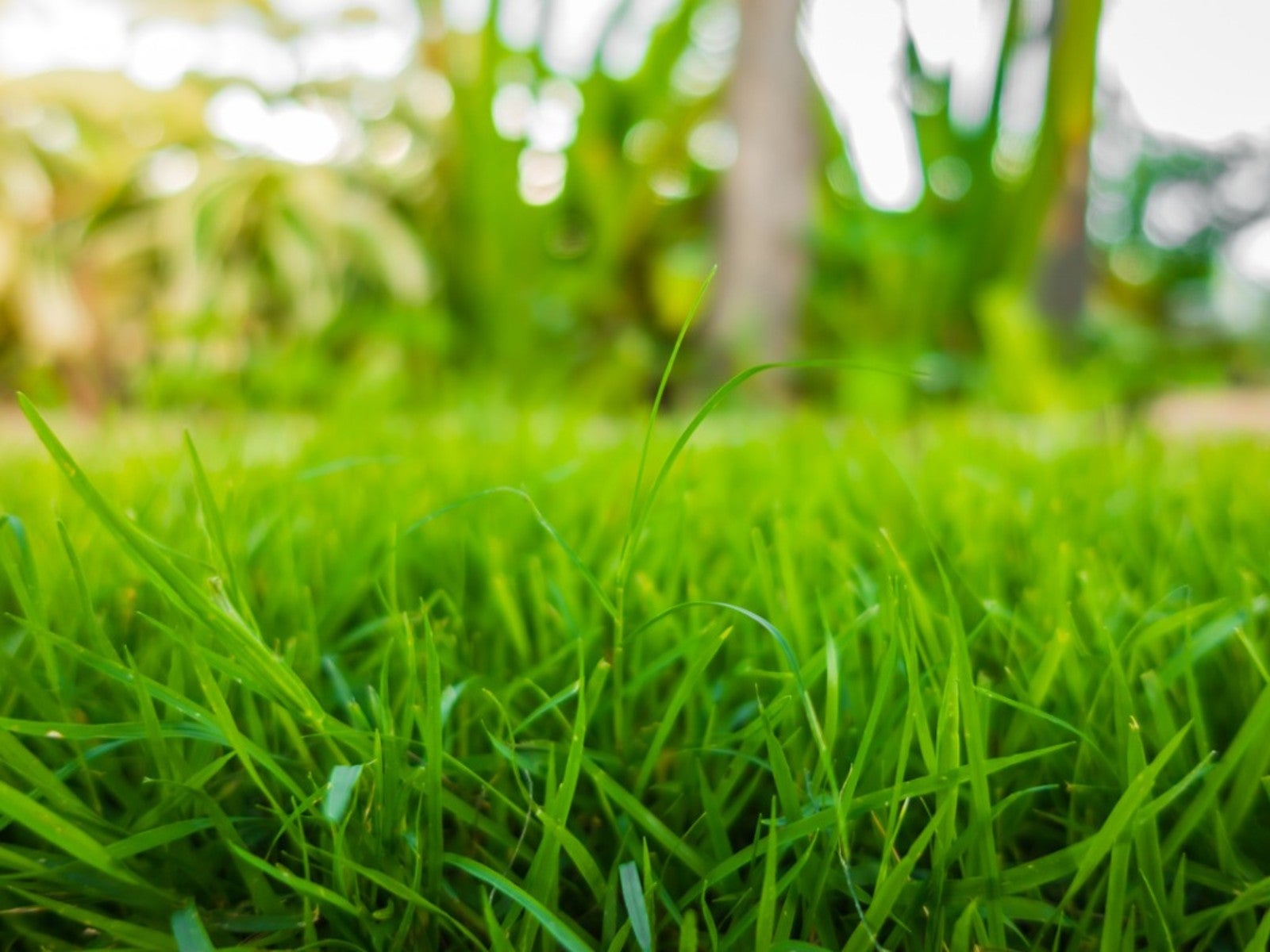 Sustainable Turf Species For A Greener Lawn
Sustainable Turf Species For A Greener LawnClick here for some of the most sustainable types of turf grass you can grow for an eco-friendly lawn.
By Bonnie L. Grant
-
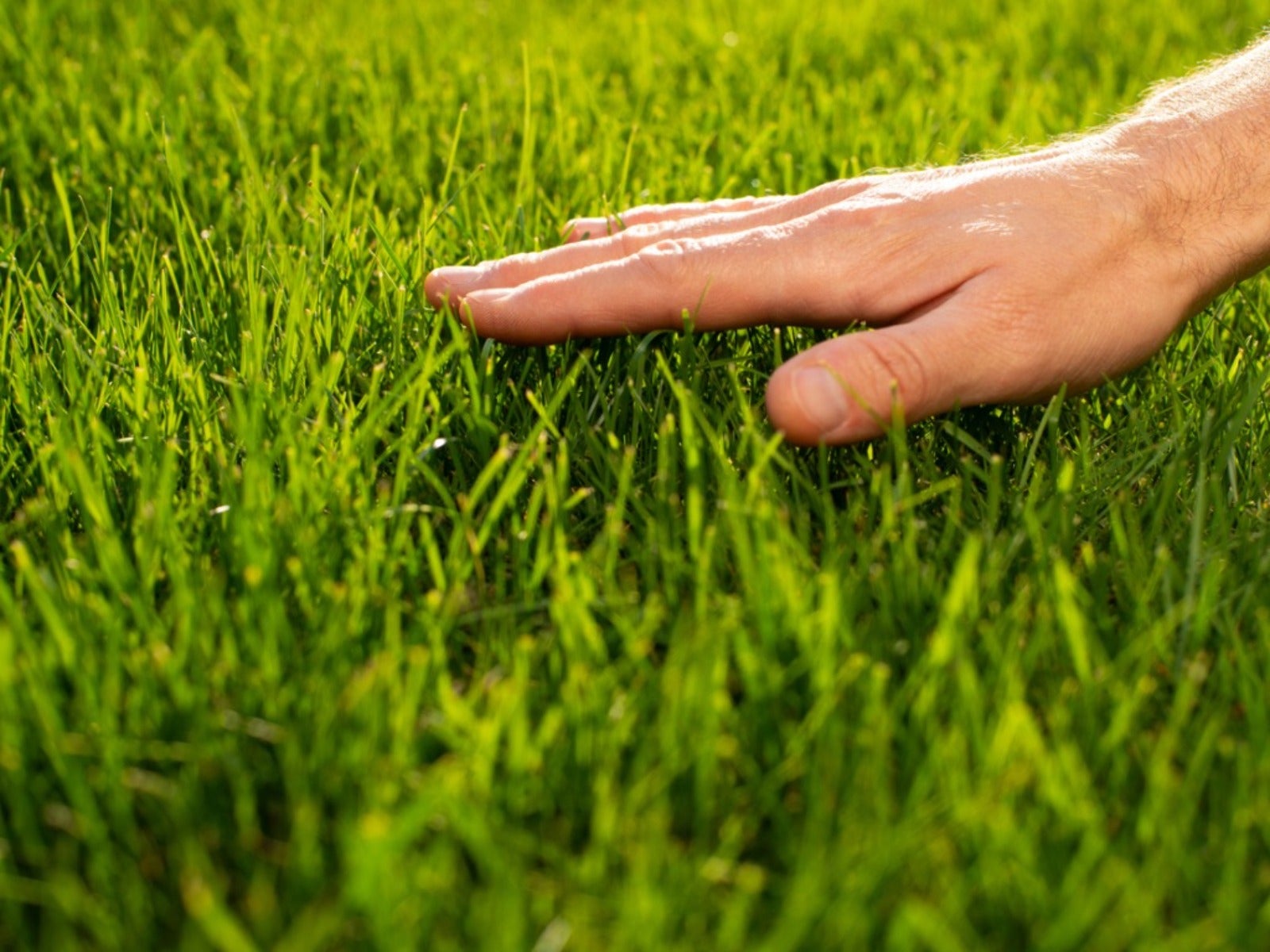 How To Grow A Sustainable Lawn
How To Grow A Sustainable LawnAdjust your thinking about a perfect green lawn and consider more sustainable methods. Click here to learn how.
By Mary Ellen Ellis
-
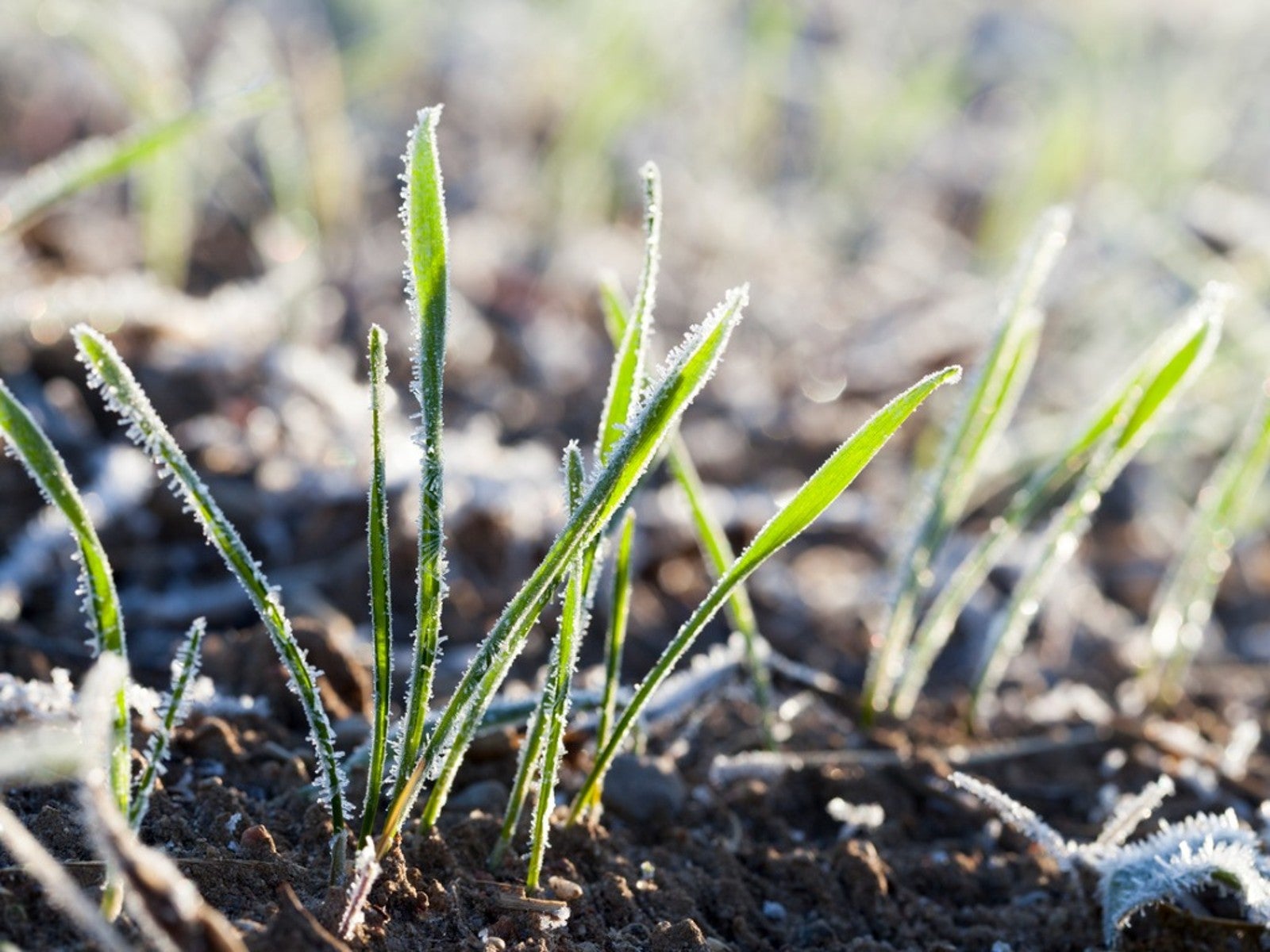 Will Frost Kill Grass Seed And How To Help New Turf Survive
Will Frost Kill Grass Seed And How To Help New Turf SurviveLearn how to help your newly sown grass survive frost and freezing weather.
By Amy Grant
-
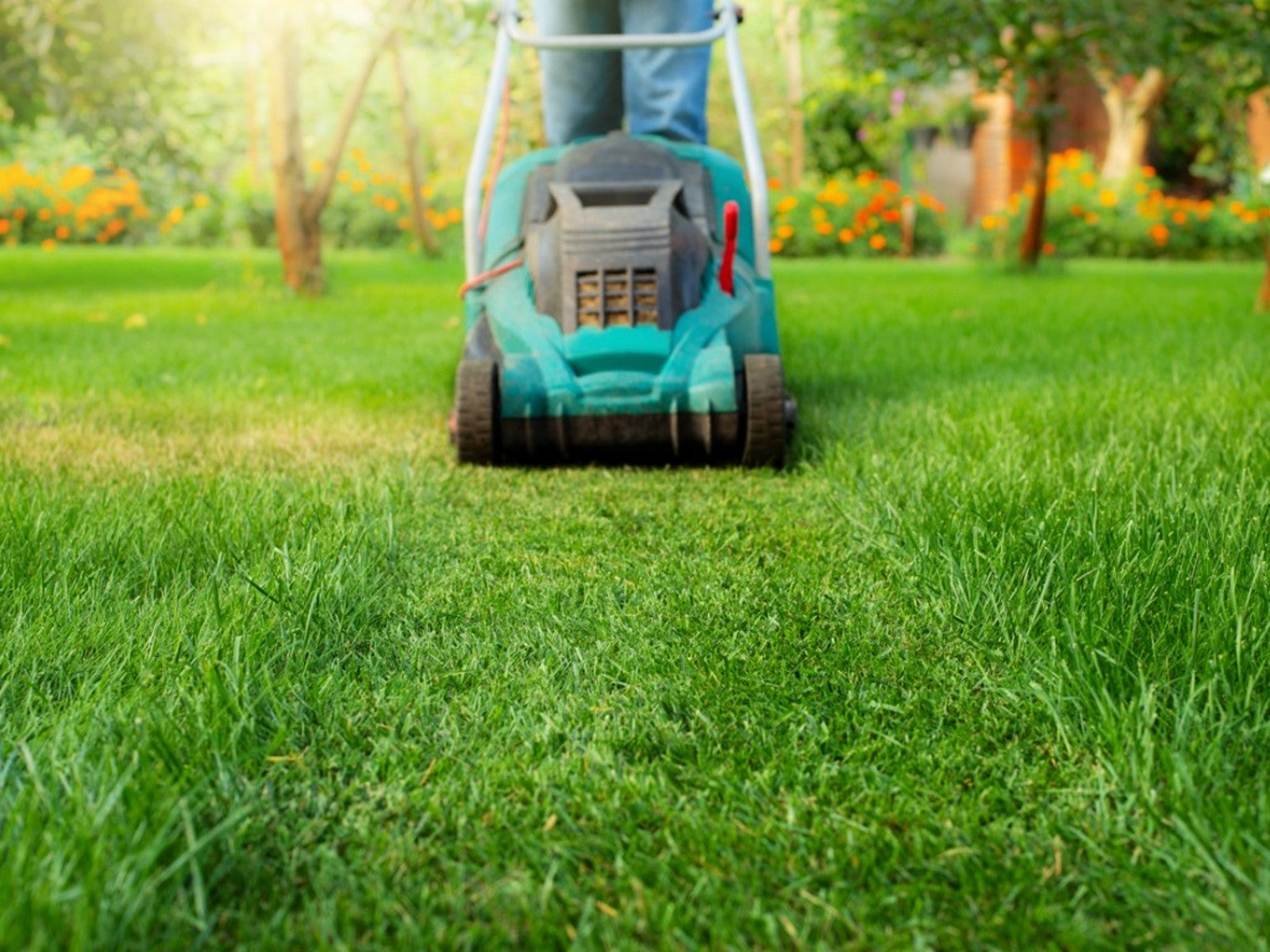 Lawn Problems That Aren’t Really Problems
Lawn Problems That Aren’t Really ProblemsYour lawn may not require as much work as you think. Learn which common problems aren’t really problems.
By Teo Spengler
-
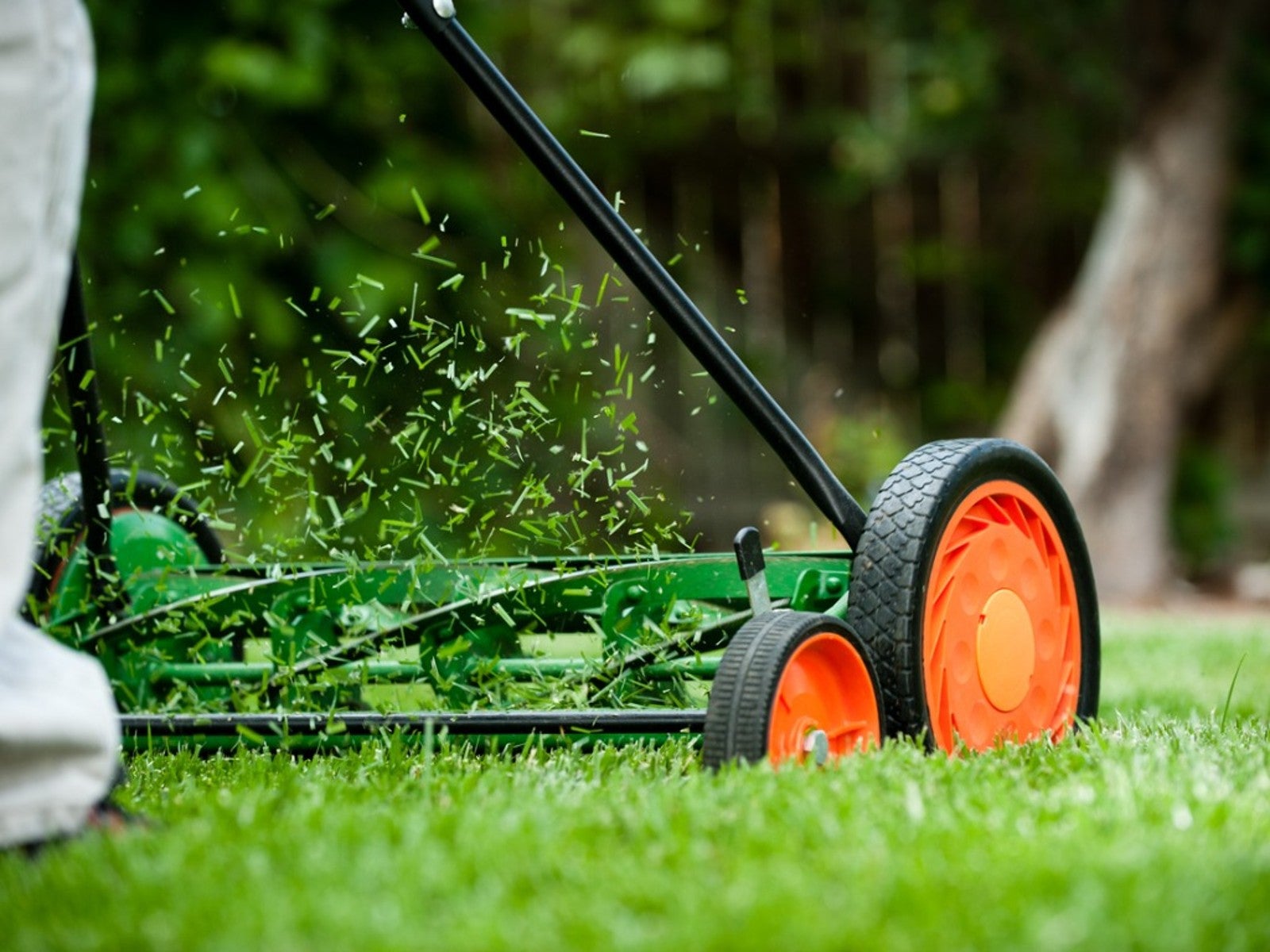 Why A Manual Push Mower Is Good For You And The Environment
Why A Manual Push Mower Is Good For You And The EnvironmentReel mowers are making a comeback, but why? Click here to learn about reel mower pros and cons.
By Amy Grant
-
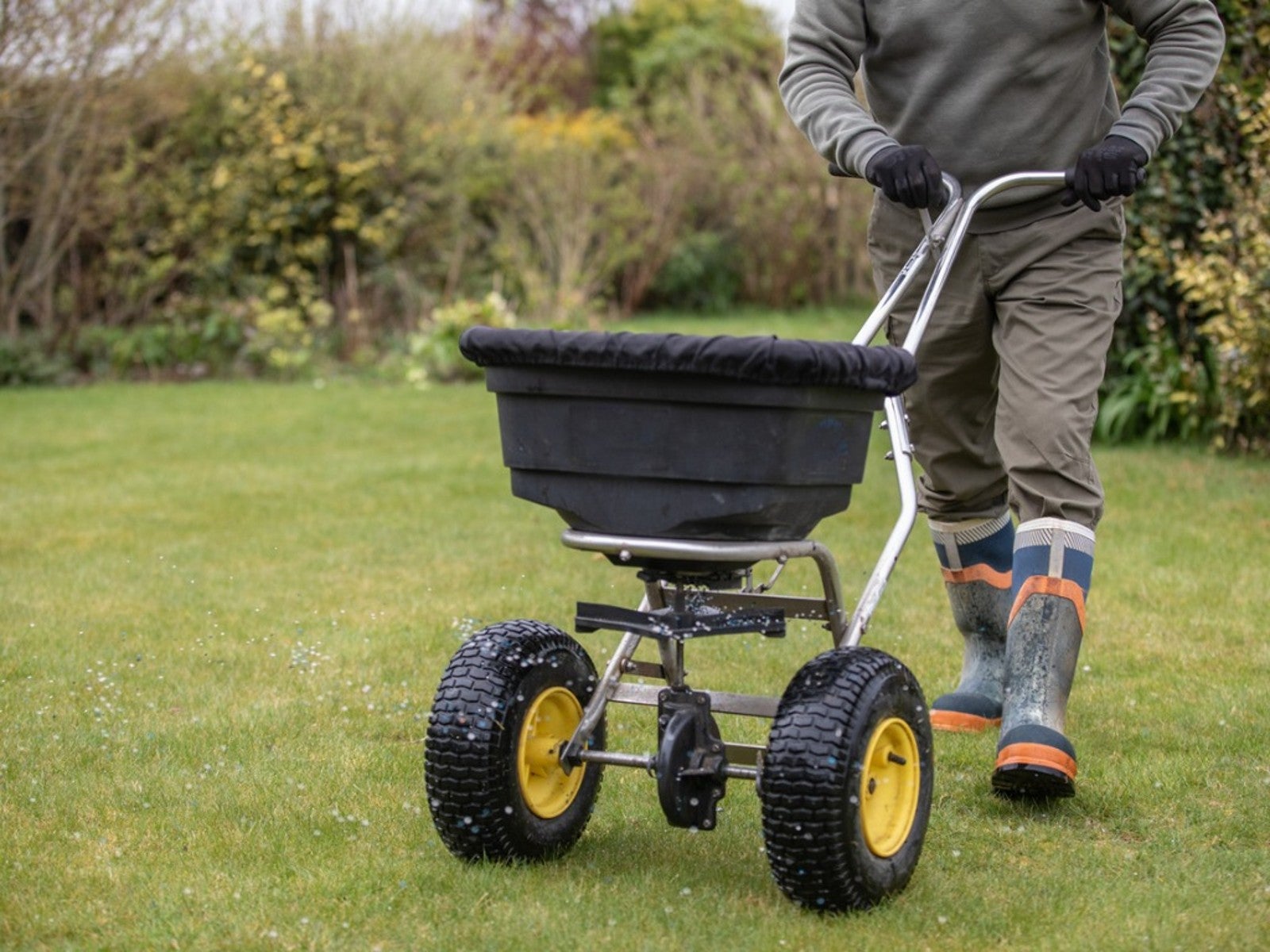 Fertilize Grass In Fall For A Lush Lawn In Spring
Fertilize Grass In Fall For A Lush Lawn In SpringFor everything you need to know about fertilizing your lawn in the fall, click here.
By Susan Albert
-
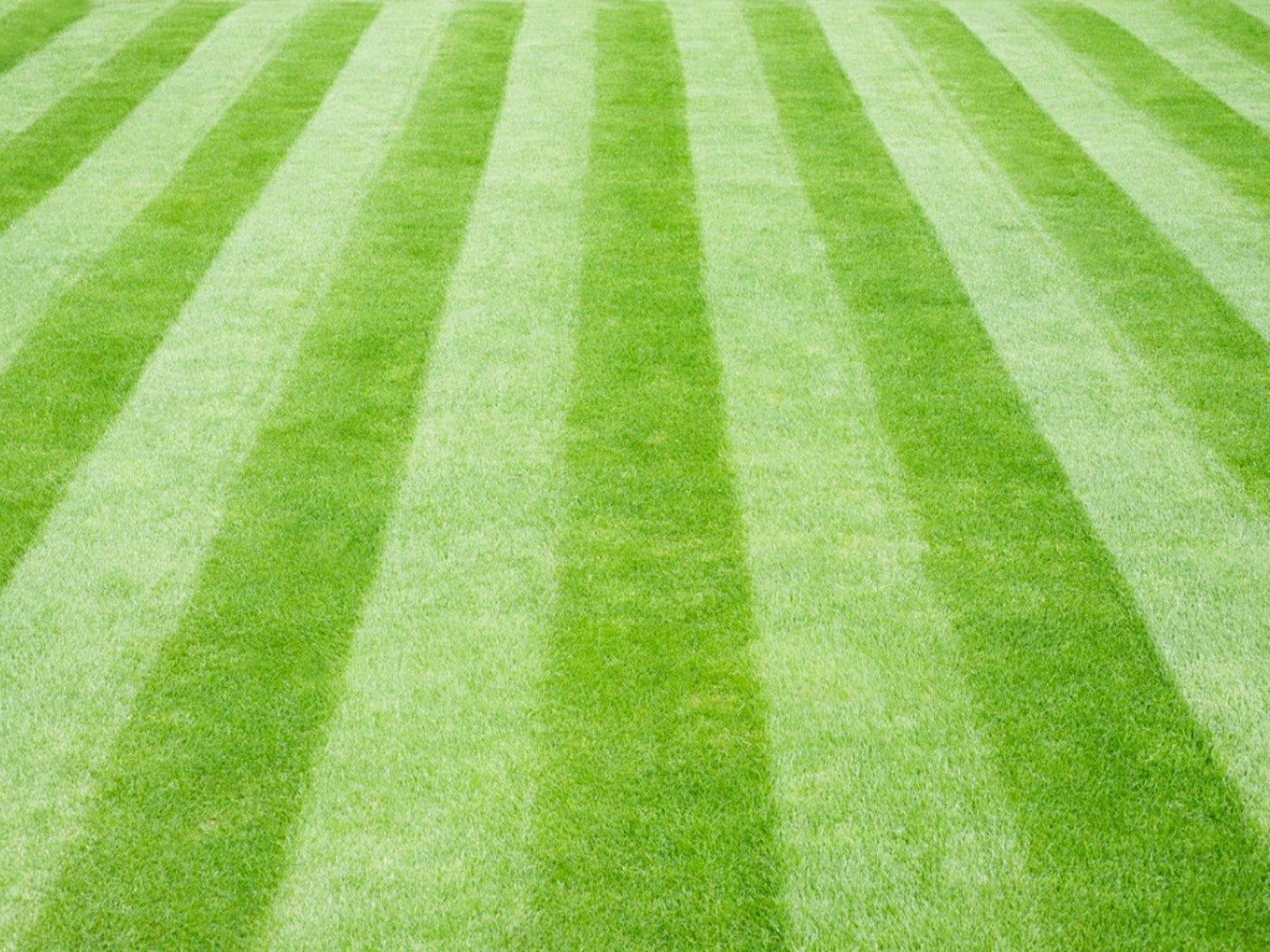 Tips For Mowing Stripes In Lawn
Tips For Mowing Stripes In LawnWouldn’t it be great to have stripes in your lawn like a sports field? Learn how here.
By Susan Albert
-
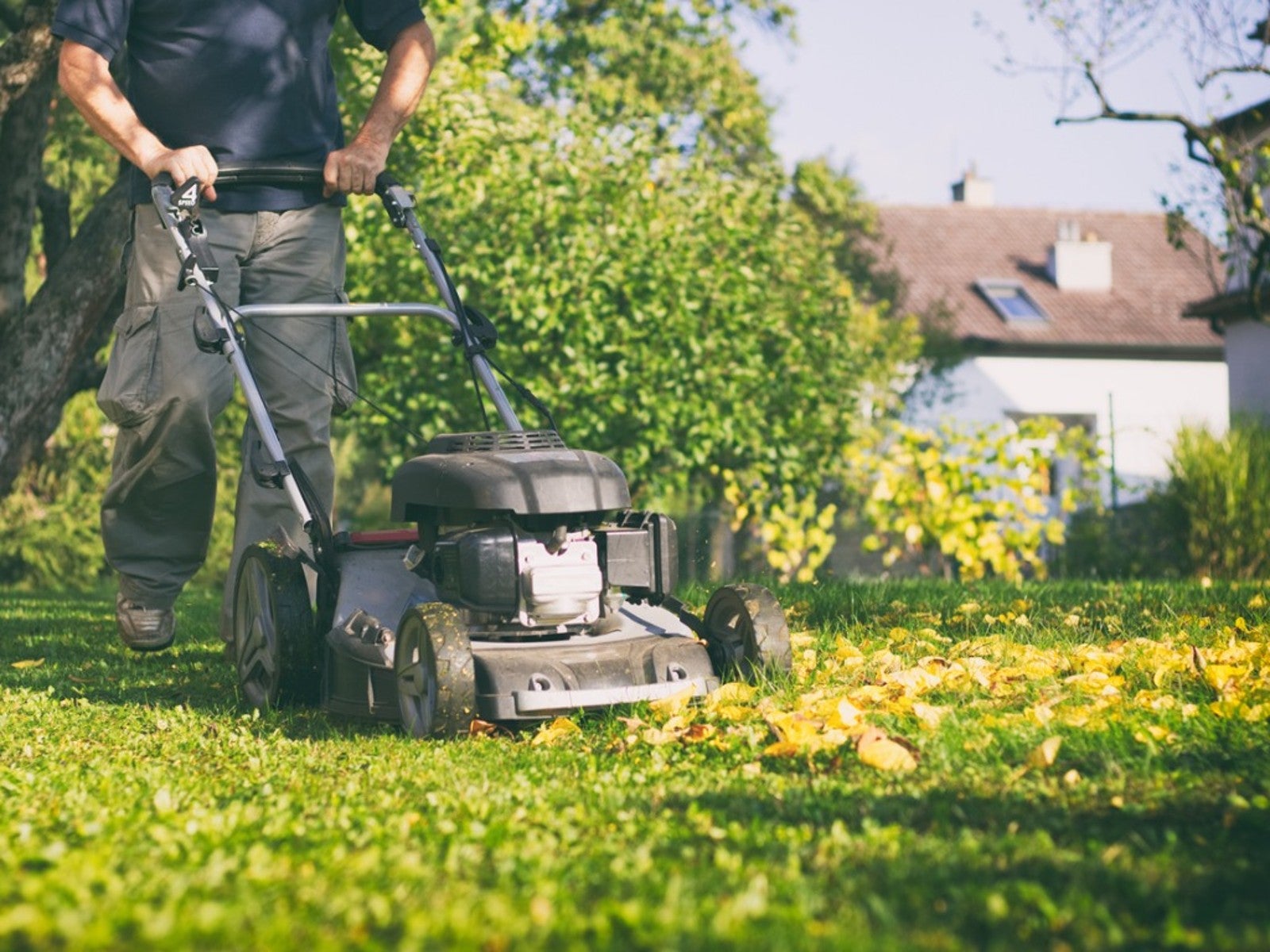 Late Summer Lawn Care Checklist
Late Summer Lawn Care ChecklistPlan to do some late summer care and maintenance of your lawn so it will be healthy and beautiful in the spring. Here are some tips.
By Laura Miller